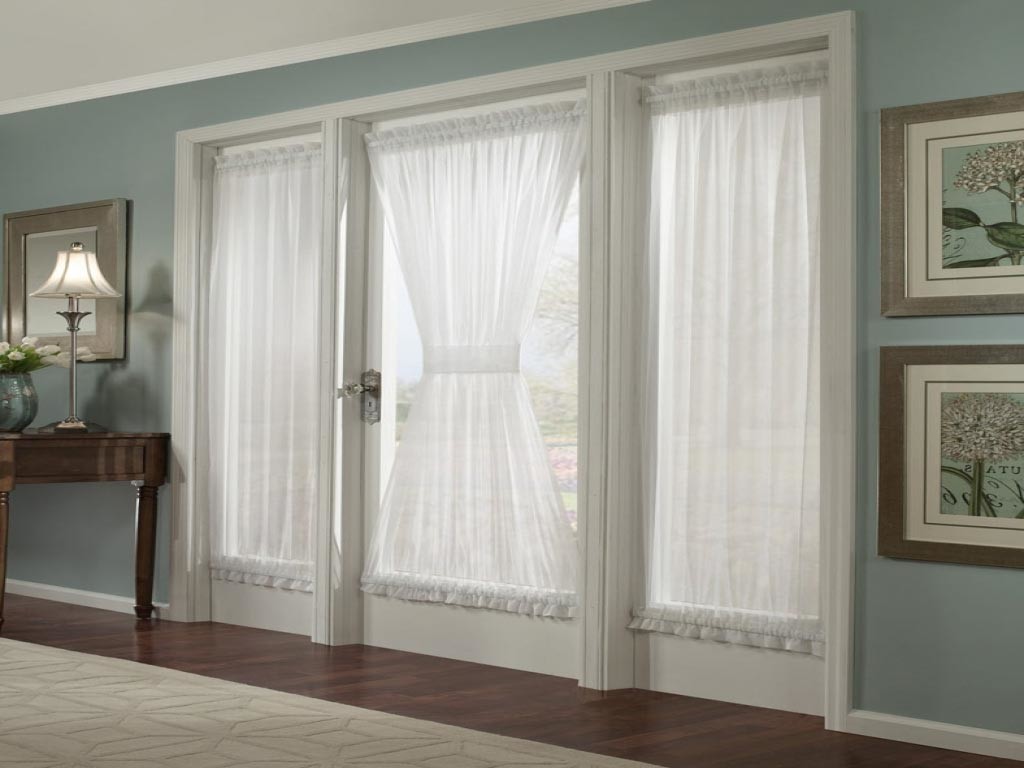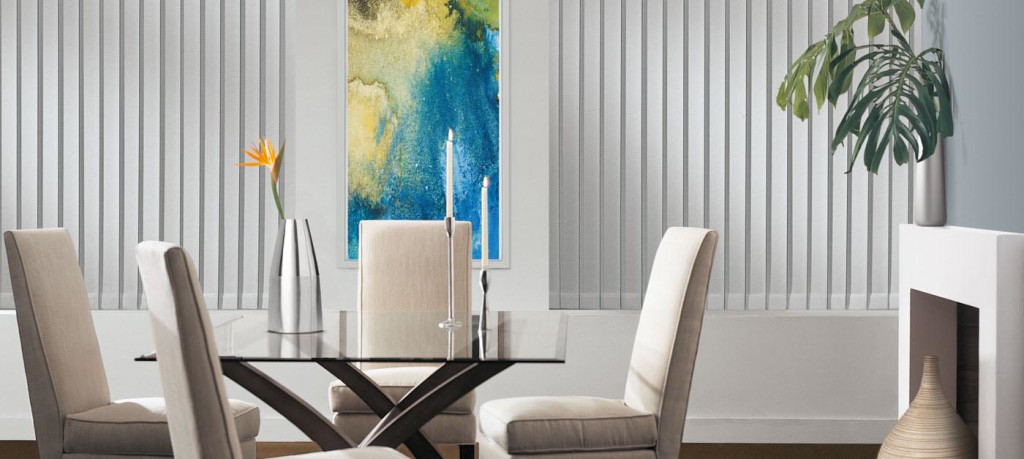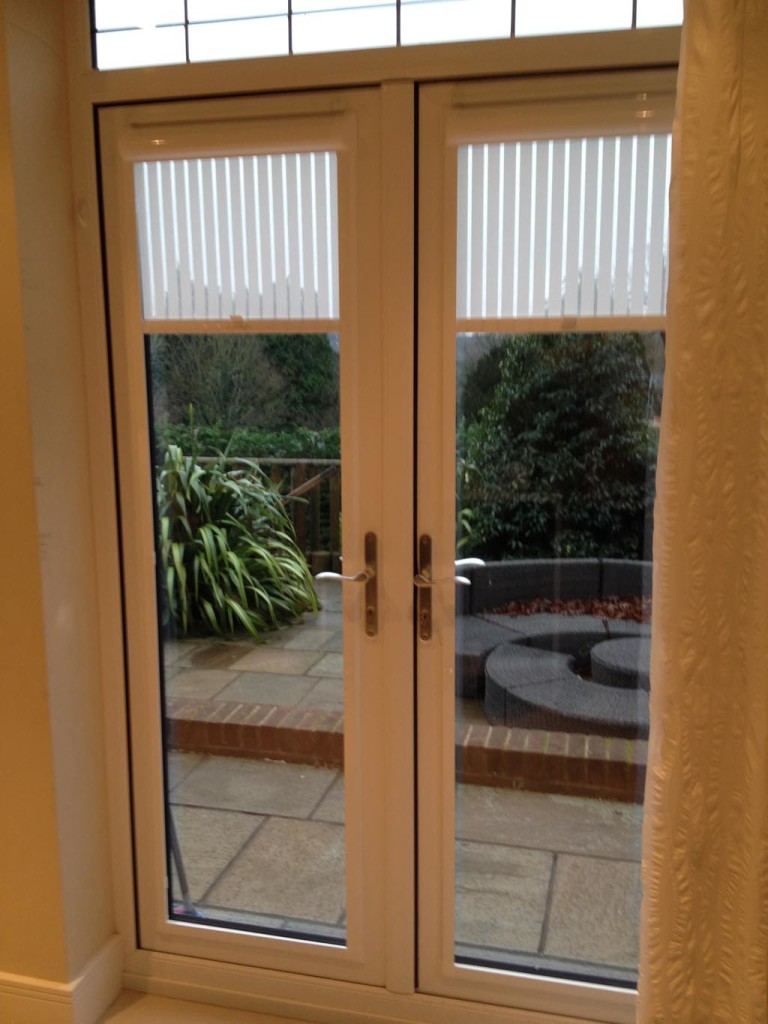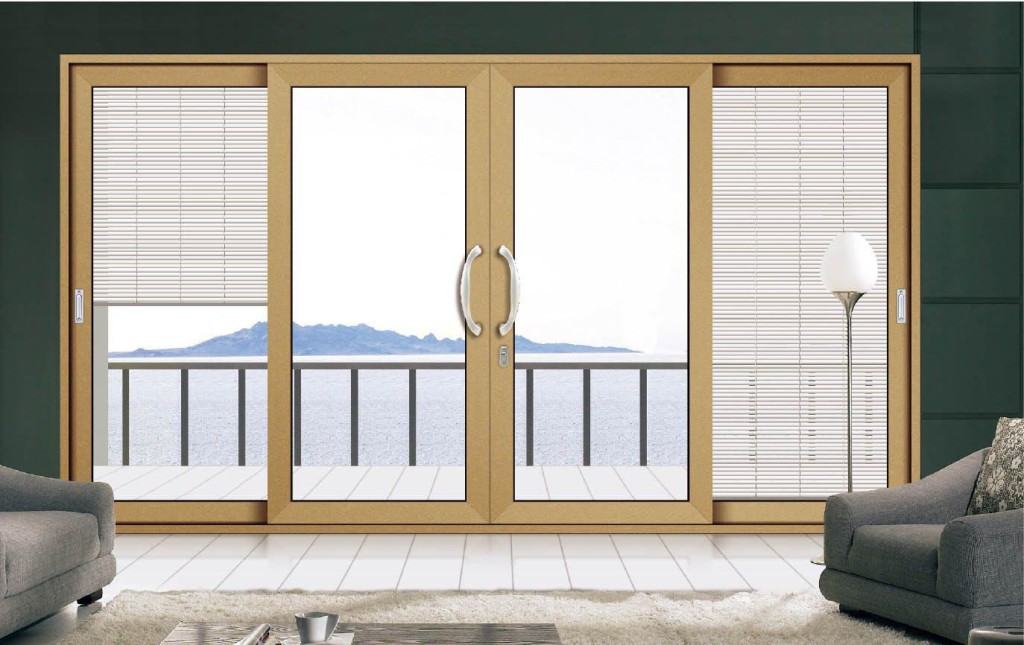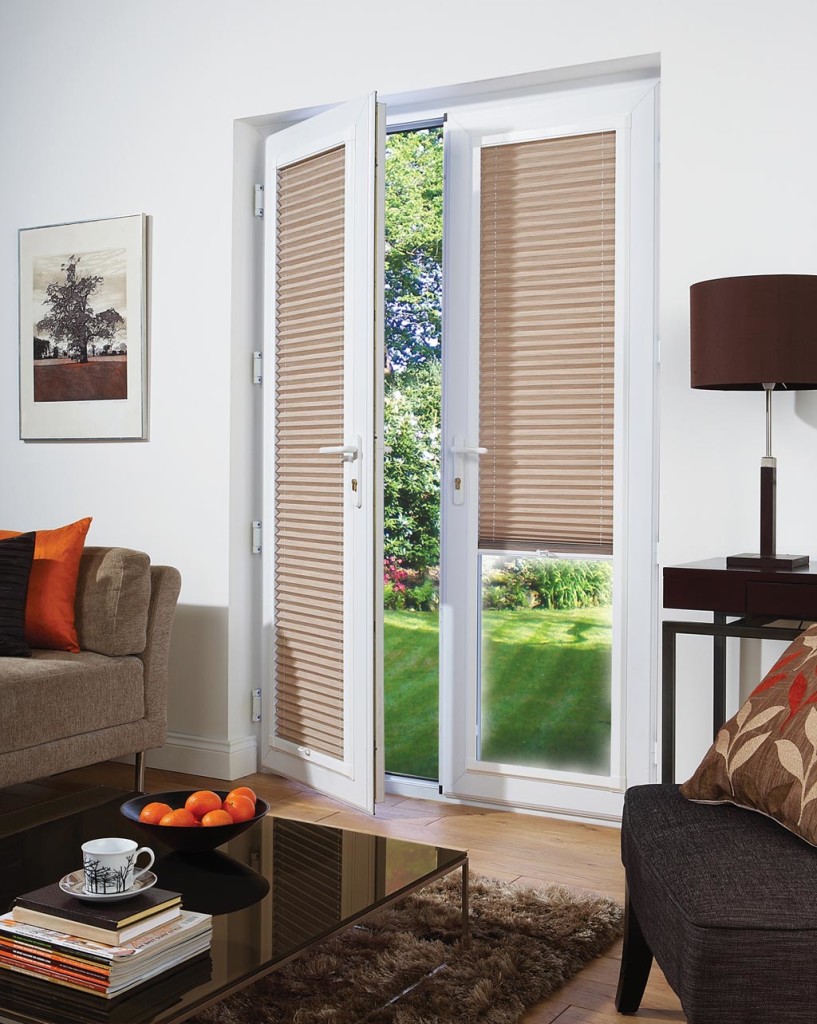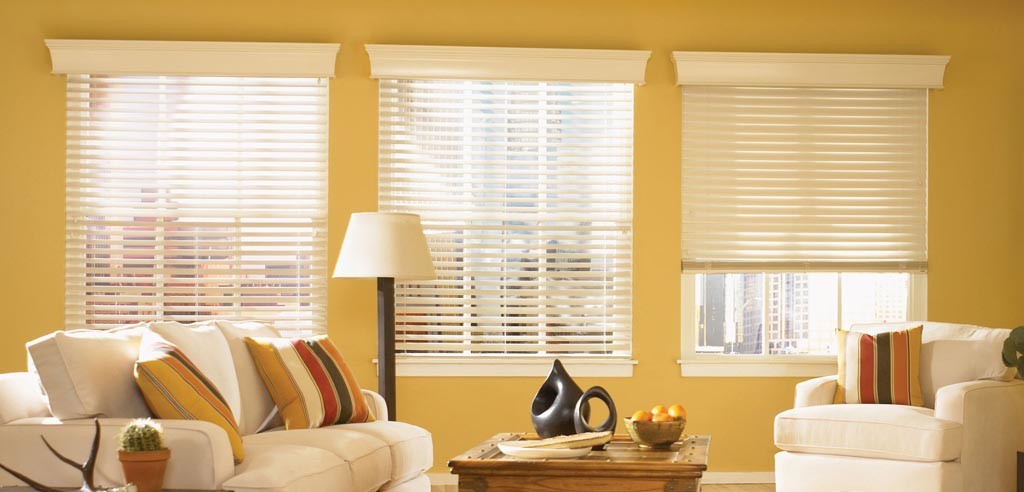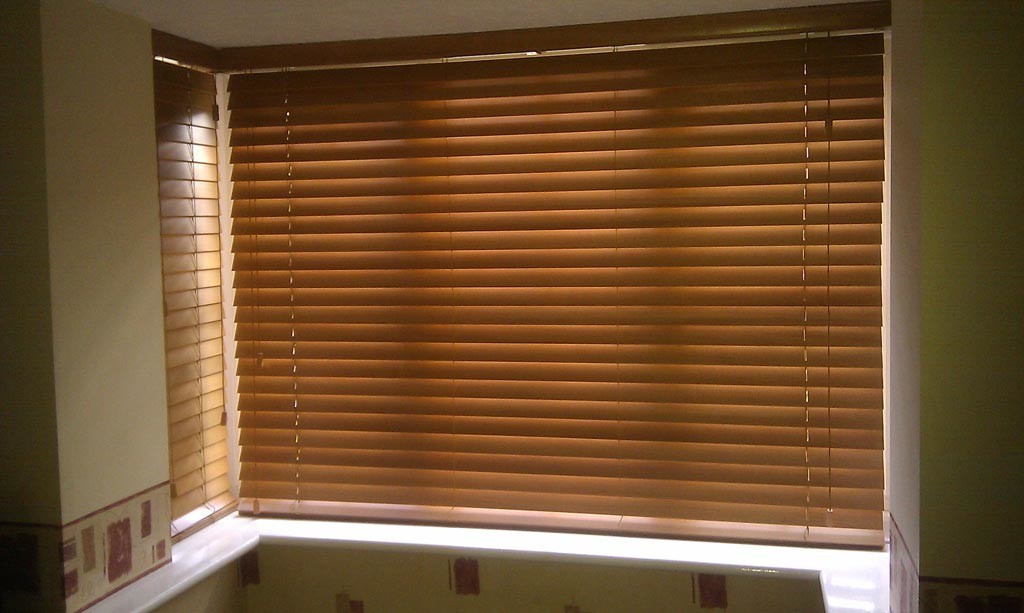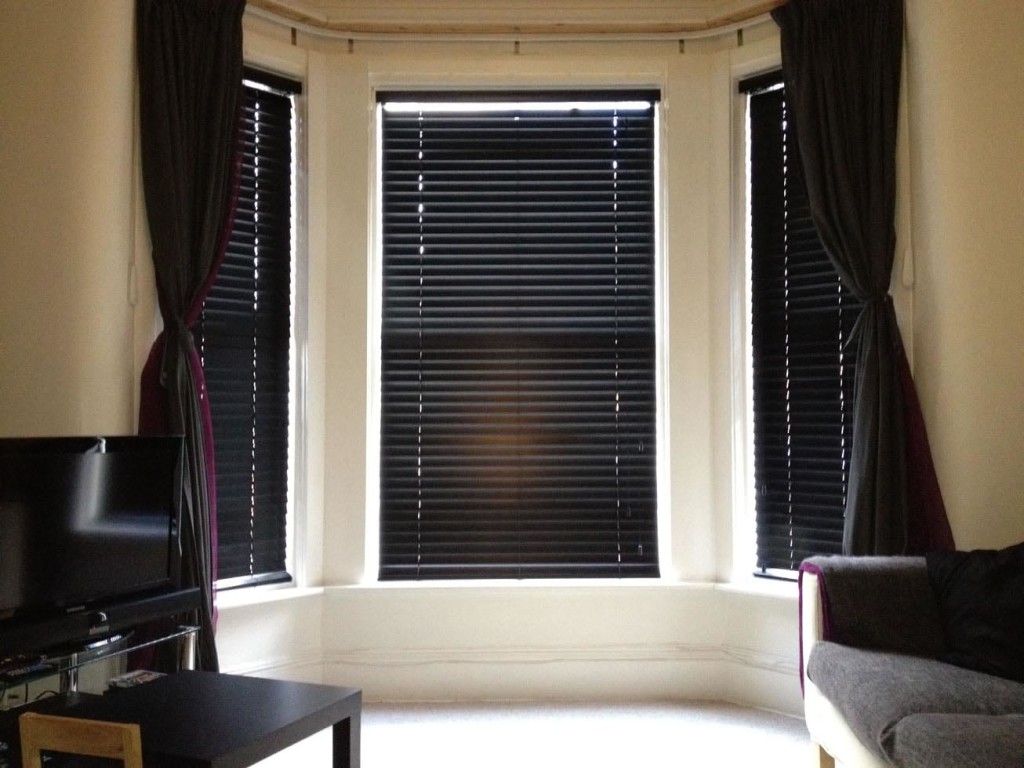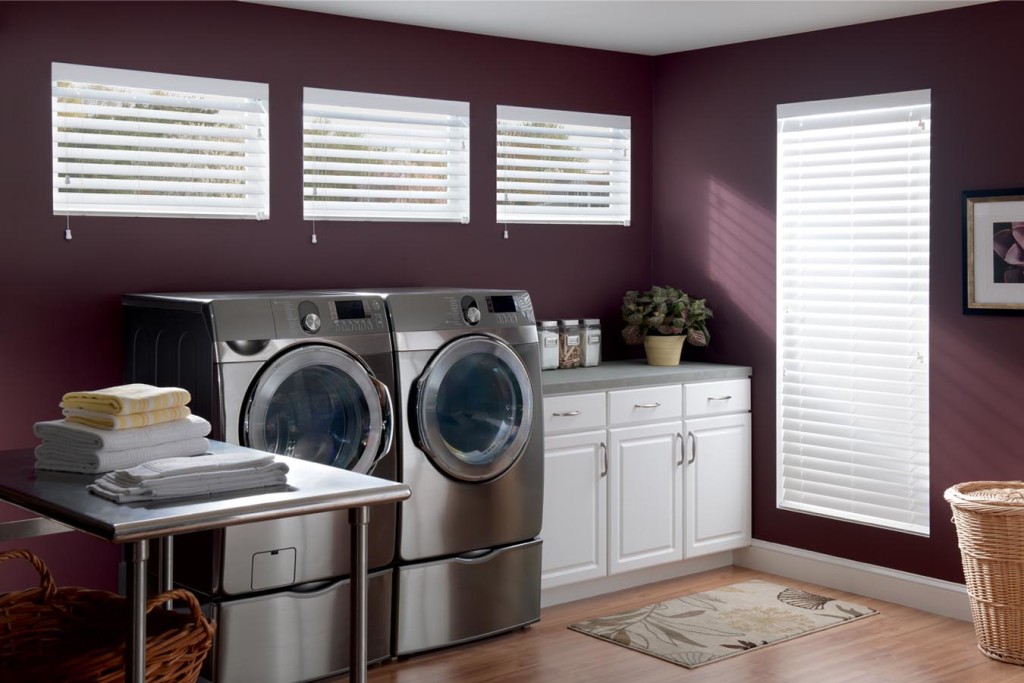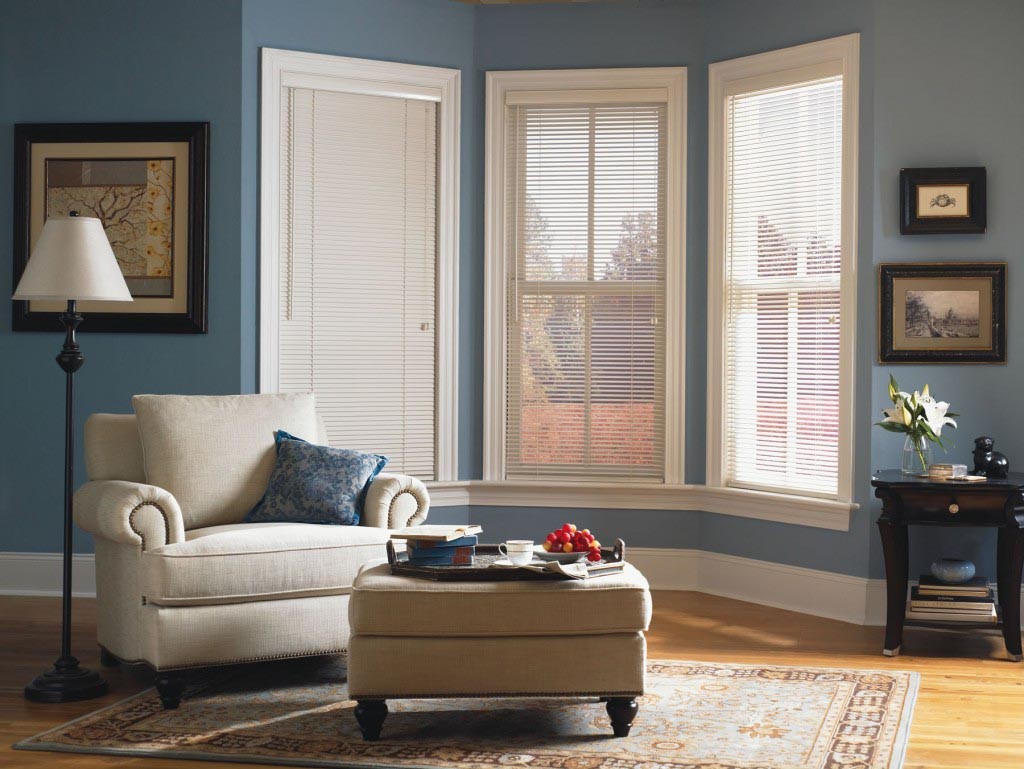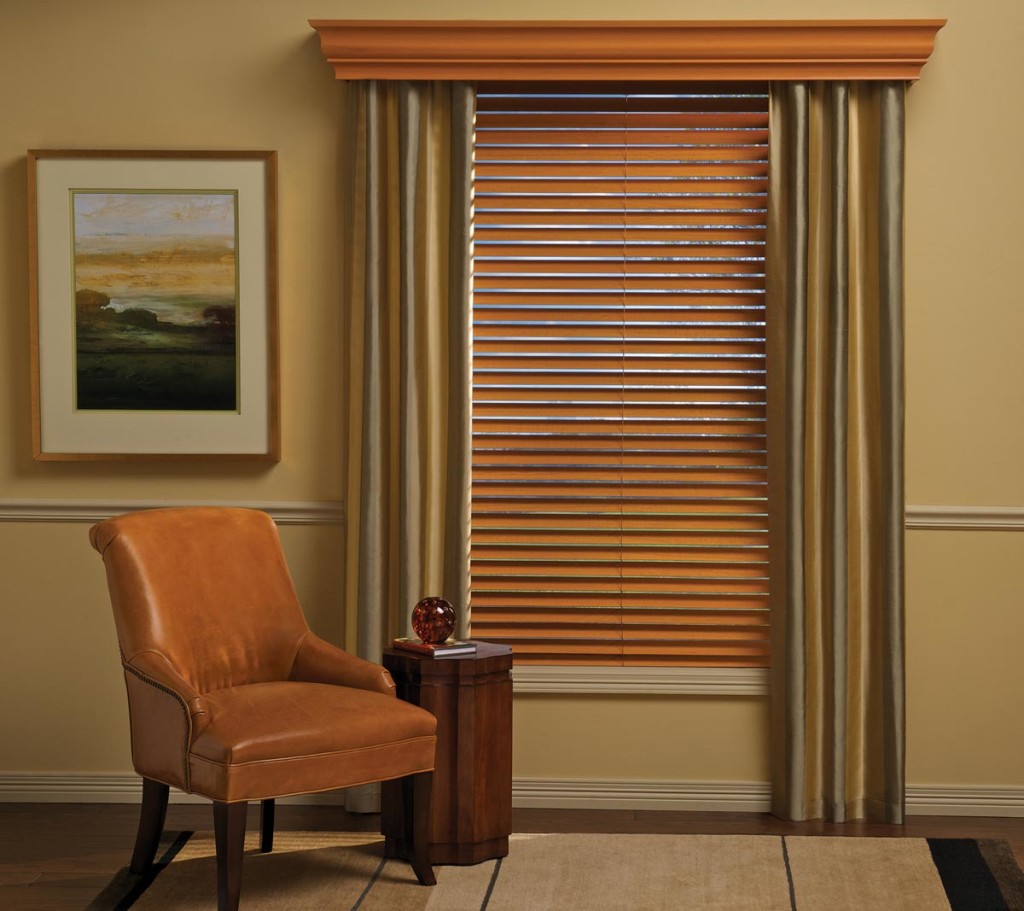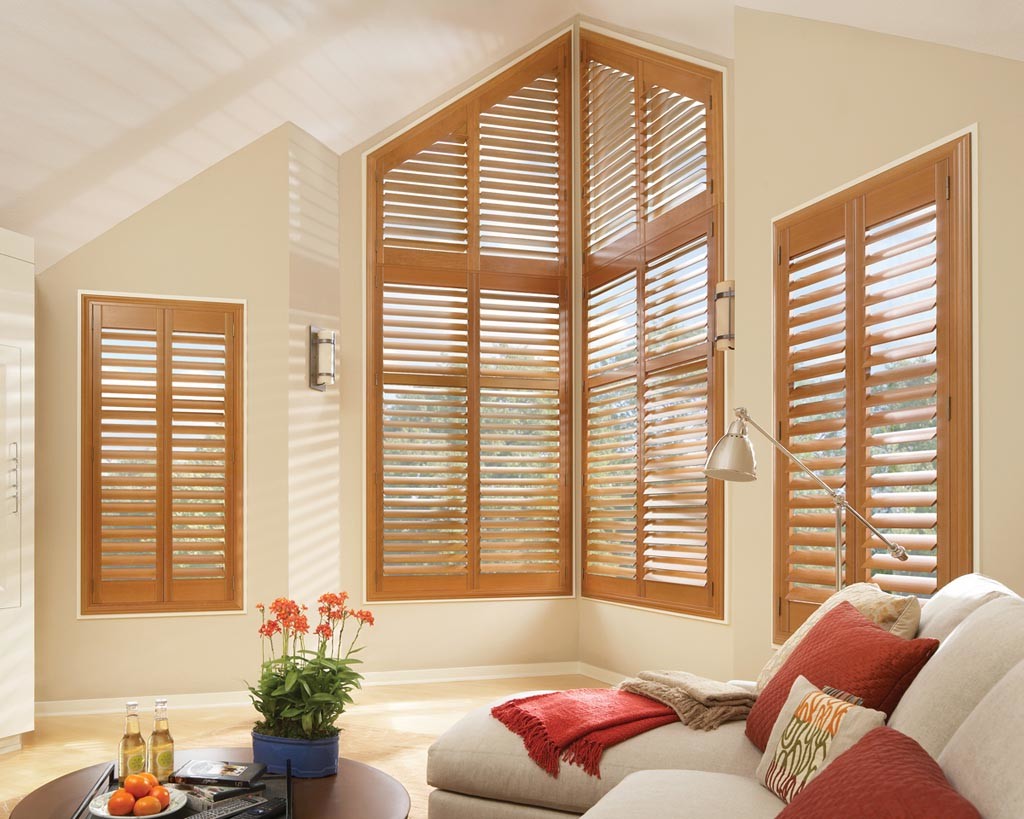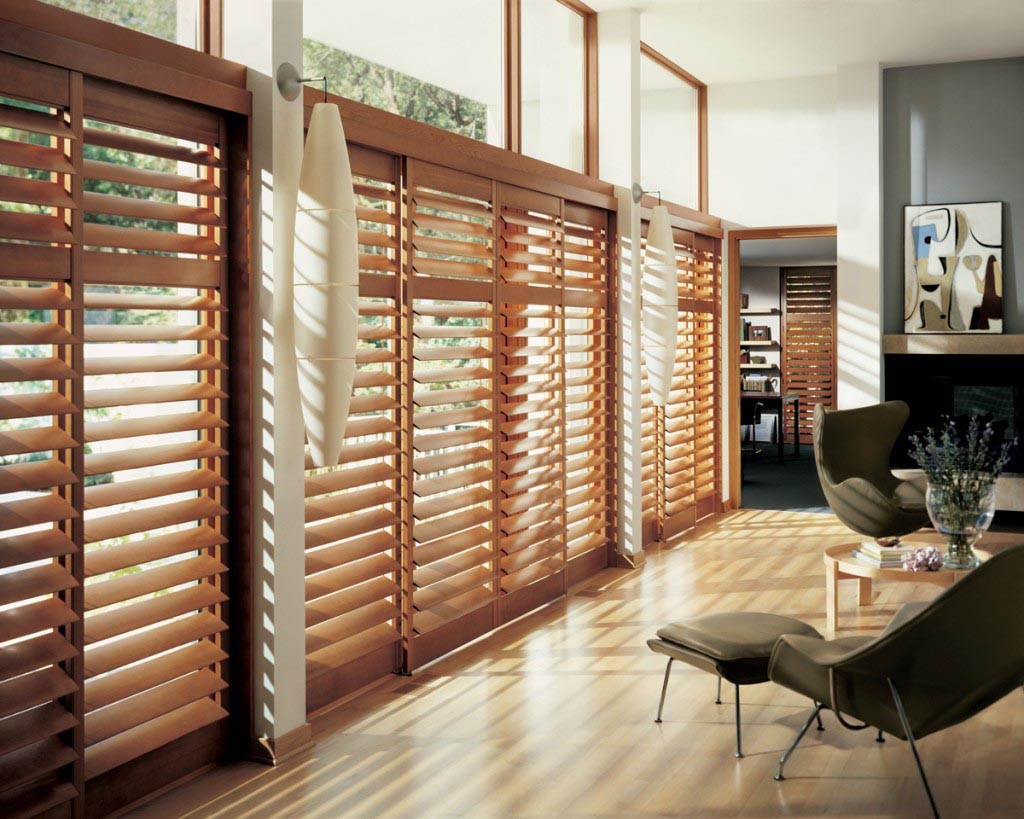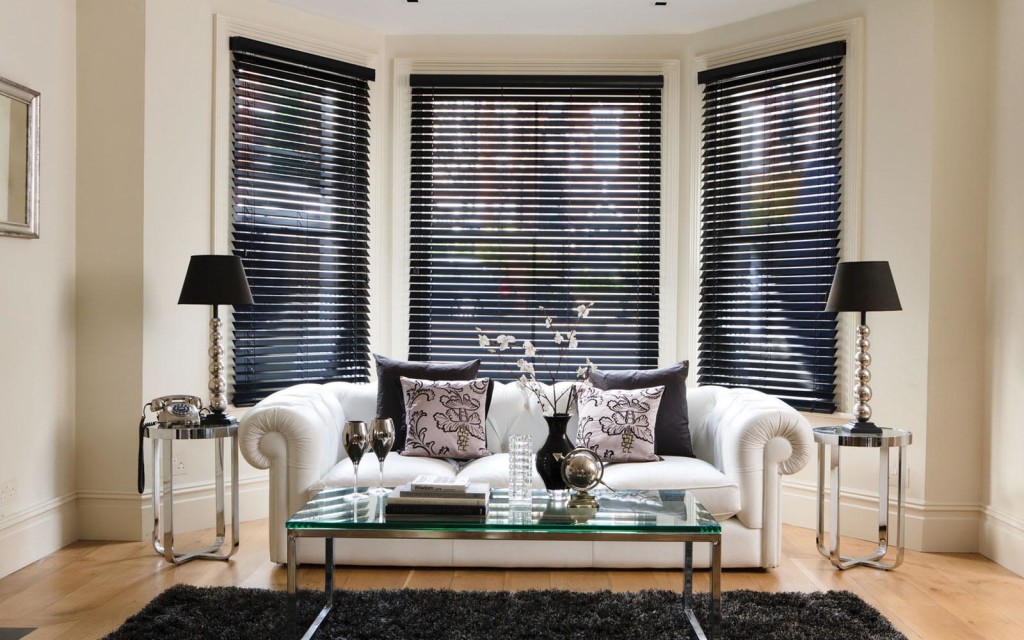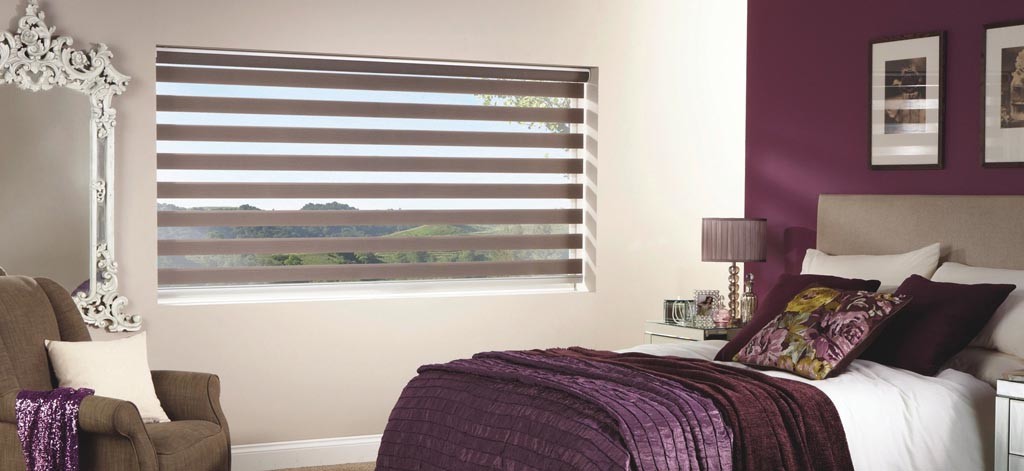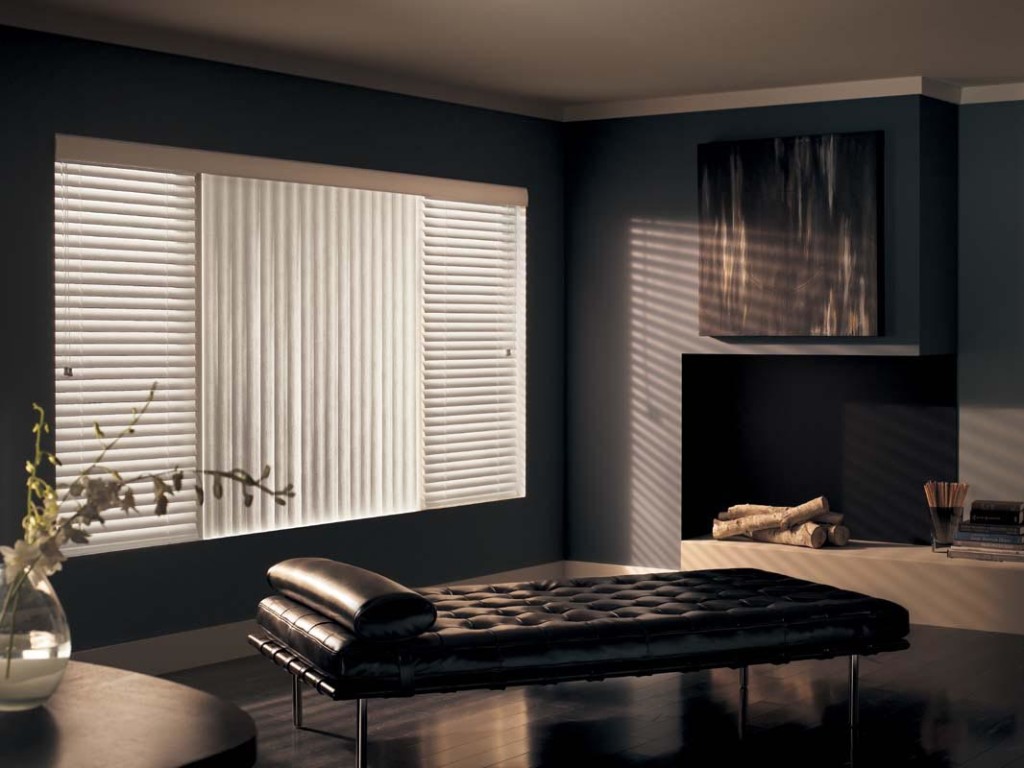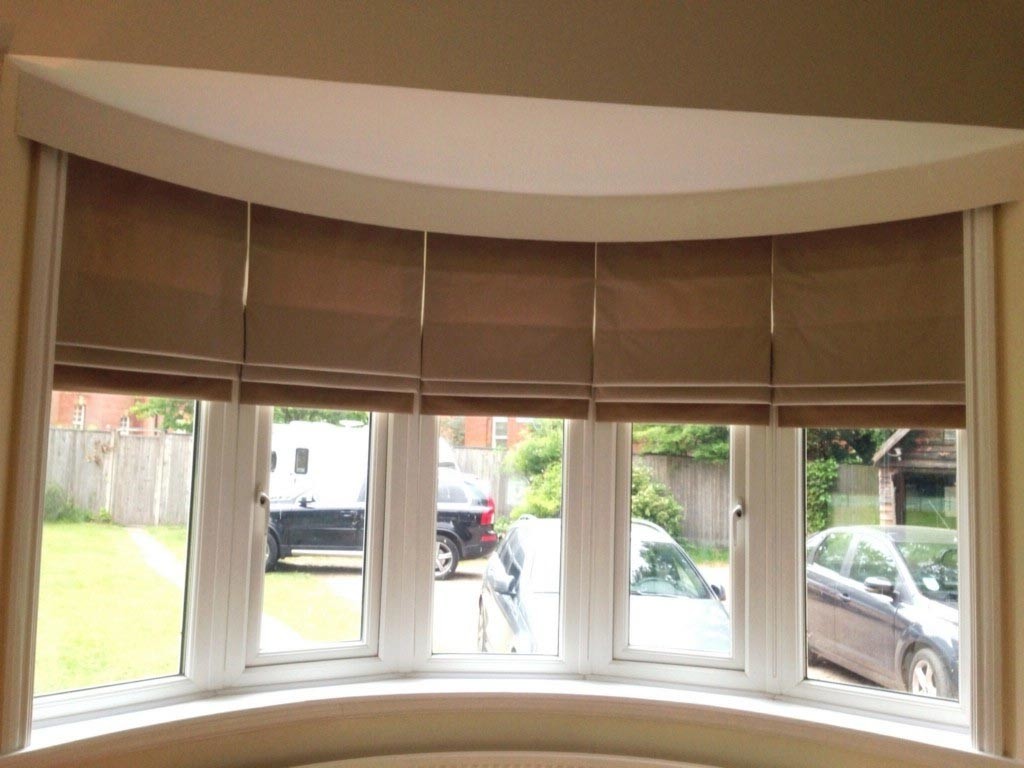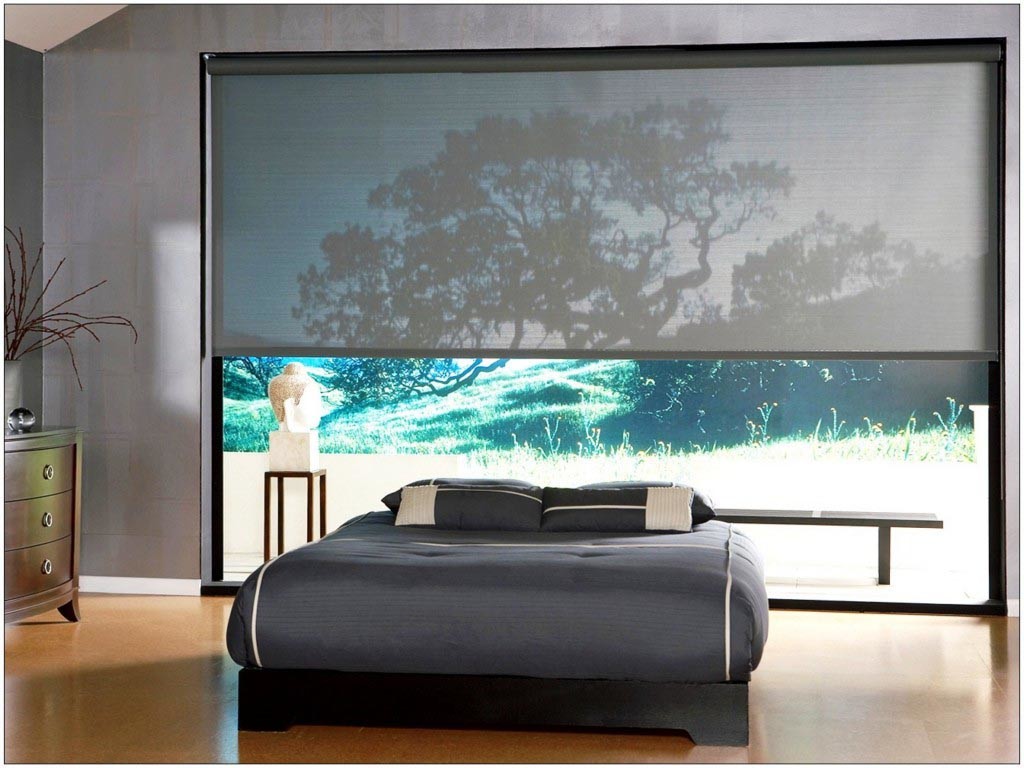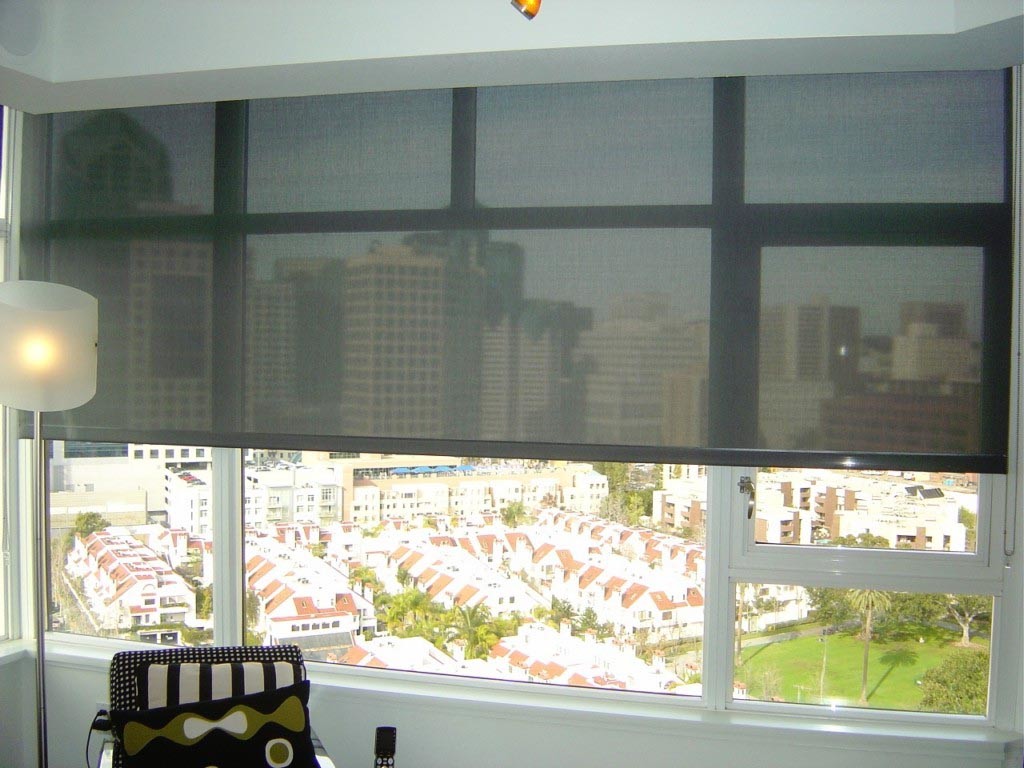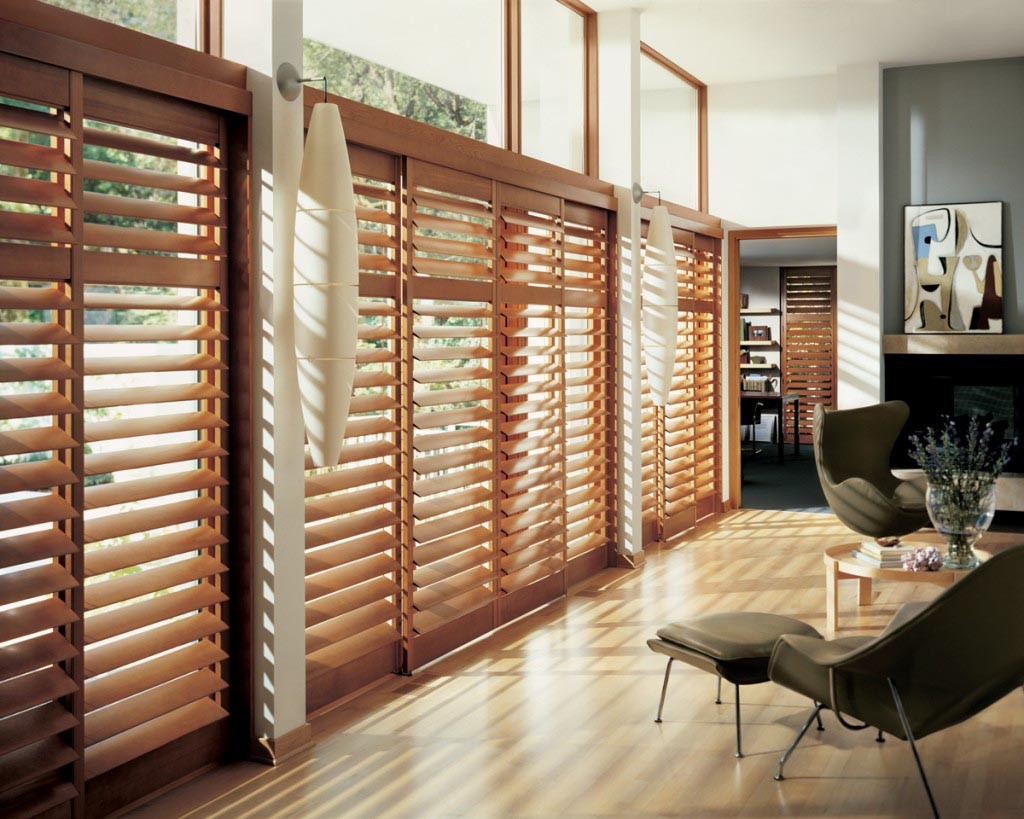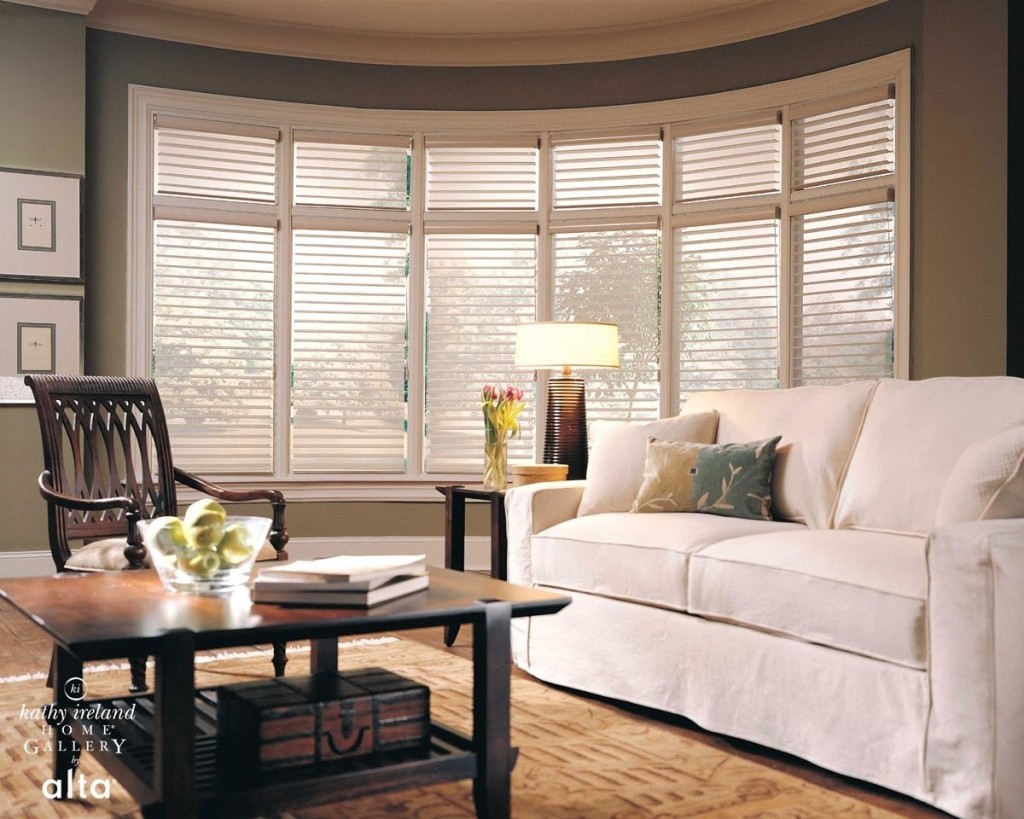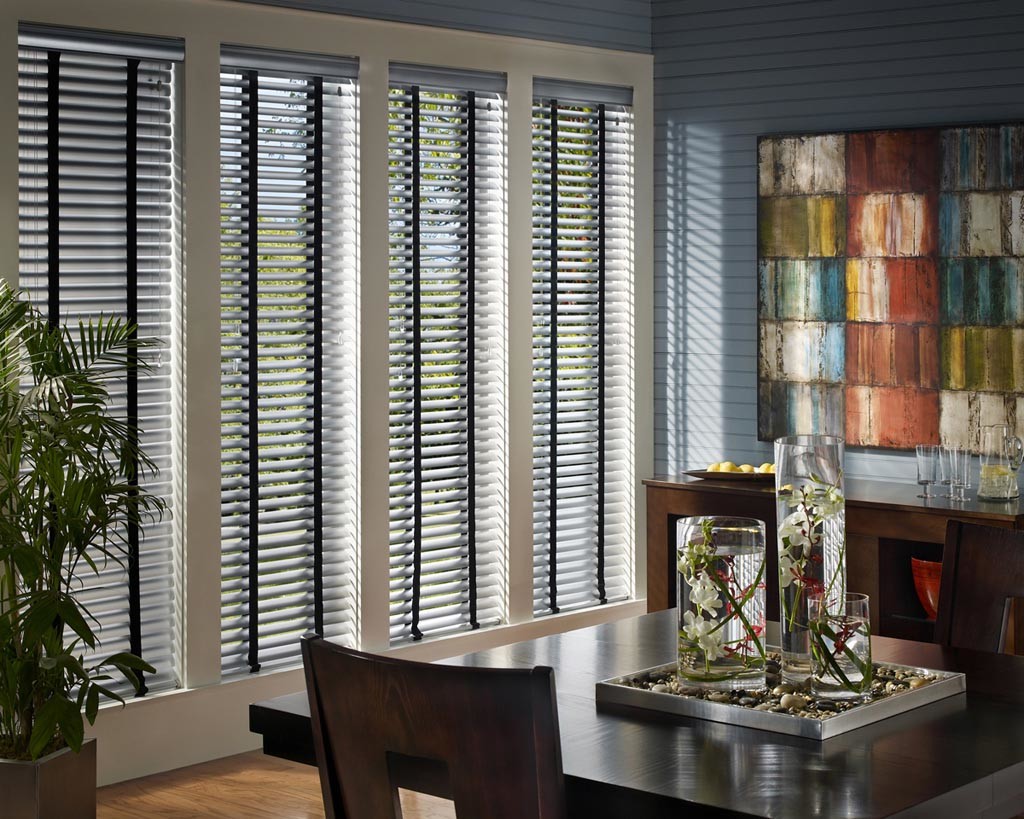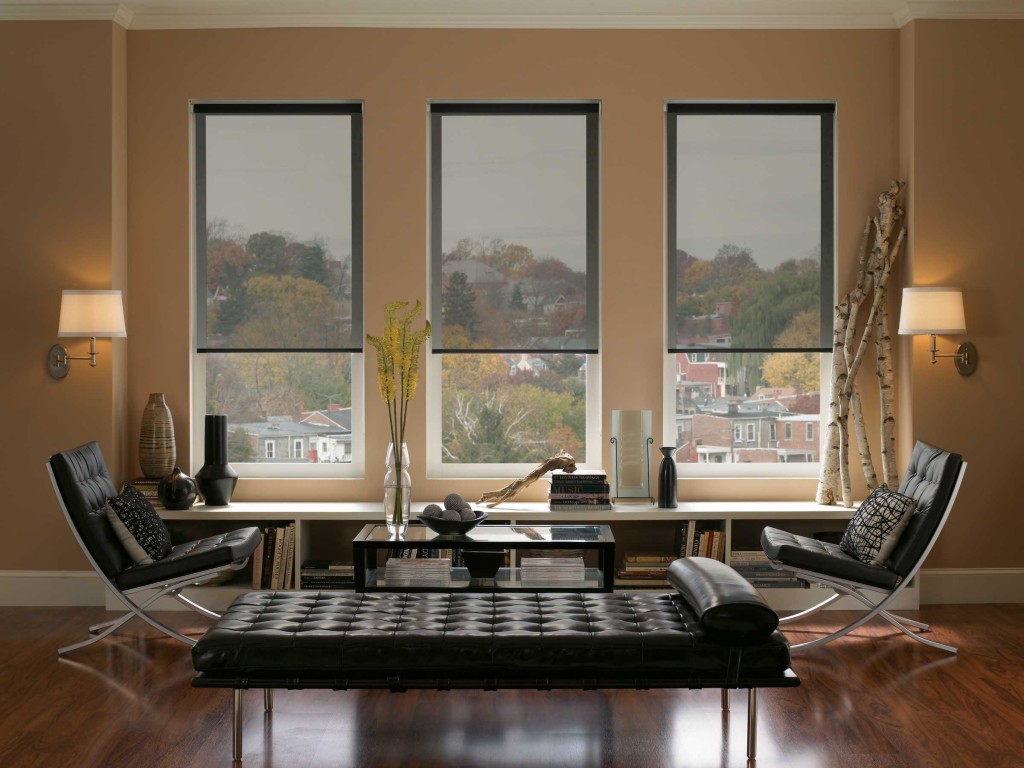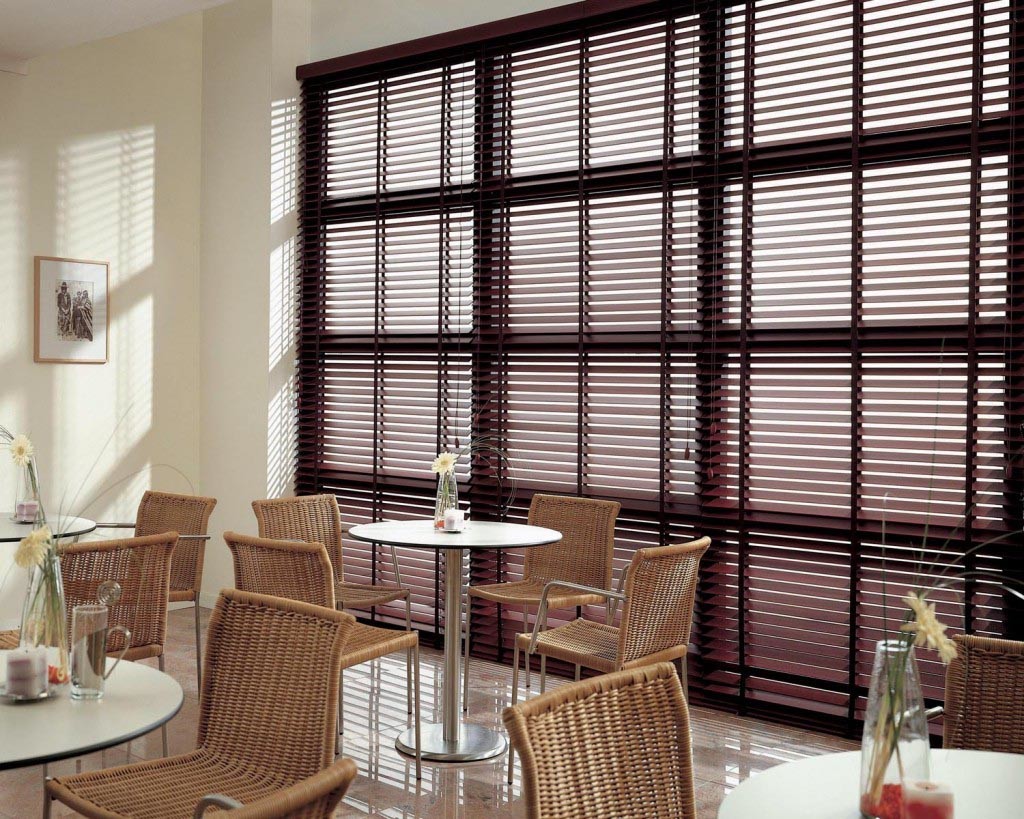Choosing the right window blinds for arched windows can be challenging. Arched windows are architectural gems that bring elegance and charm to any room. However, selecting inappropriate window treatments can easily diminish their visual appeal. The goal is to find window coverings that complement and enhance the unique shape of the arch while providing practical benefits such as privacy, light control, and style.





Why Standard Window Shades Often Don’t Work
In the past, many homeowners resorted to traditional window shades or curtains for their arched windows. Unfortunately, these standard treatments tend to hide the beautiful curves of the arch rather than highlight them. Bulky drapes or rectangular blinds obscure the window’s design, losing the opportunity to showcase the architectural detail.
Modern interior designers have moved away from these conventional options and now emphasize window treatments that blend functionality with artistry. Arch window blinds have emerged as a perfect solution, balancing light control and privacy while preserving the arch’s natural beauty.
Functional and Stylish Arch Window Blinds
Arch window blinds are designed specifically to fit the curved shape of the window, offering a seamless and elegant look. Many manufacturers offer fabric shades that gently curve with the arch, often opening from the center to allow flexible light management. These blinds combine softness and sophistication without overwhelming the window’s character.
In addition to fabric shades, plantation-style shutters are a popular choice for arches. These shutters often come with a small lever or mechanism that makes them easy to open and close, giving users the ability to adjust the amount of natural light entering the room precisely. Shutters also provide excellent insulation and privacy, making them both practical and visually appealing.





Popular Styles of Arch Window Blinds
One of the most common options for arched windows is horizontal Venetian blinds. These blinds feature slats that can be tilted to control light and airflow, making them versatile for different lighting needs. Horizontal Venetians fit well with various décor styles and are a practical choice for homeowners seeking a classic look.
Vertical blinds are another option, particularly useful for smaller arched windows or spaces with lower ceilings. Vertical slats can be pulled to one side, opening the window completely or partially, which works well for areas requiring flexible space use.
Fan-fold blinds designed for half-arch windows are especially striking. Their graceful folds mimic the curvature of the window, adding a romantic and artistic flair. A dual fan-fold style, where the blinds open from both sides to meet in the center, adds functionality while enhancing the arch’s expression. These blinds also allow for individual rotation of mini-blinds, providing precise light control.


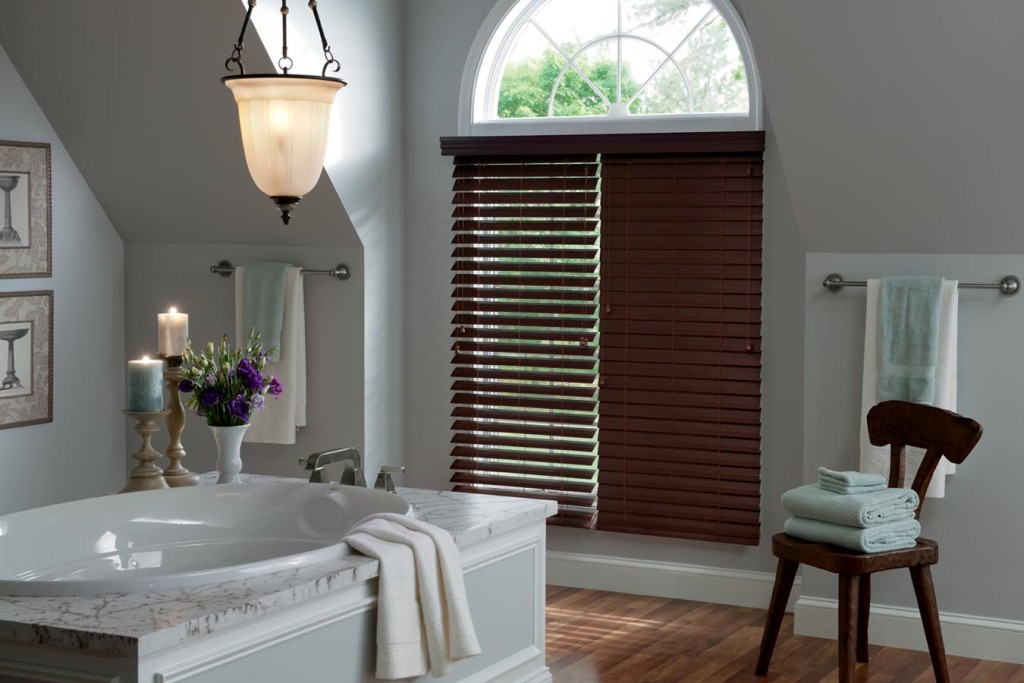


Combining Different Treatments for Unique Designs
For homeowners seeking a more customized look, combining multiple types of window treatments is an excellent option. For instance, a fan-fold shade can be installed on the rounded portion of an arched window, while the rectangular or square sections below may feature traditional blinds or Roman shades. This combination keeps the architectural integrity intact while offering varied textures and styles.
Arch windows also pair beautifully with pelmets or cornices, which frame the window and add a finishing touch to the décor. Roman shades are another complementary option, especially when paired with arches, because their smooth, tailored look highlights the window shape without overwhelming it.
Key Tips for Selecting Arch Window Blinds
- Maintain the Window’s Shape: Avoid bulky treatments that cover the arch. Choose blinds designed to follow the window’s curve.
- Balance Light and Privacy: Look for options that allow you to adjust light levels without compromising the window’s visual appeal.
- Choose Functional Mechanisms: Easy-to-operate blinds or shutters make daily use simple and comfortable.
- Consider Style and Décor: Match the blinds with your interior design for a harmonious and stylish appearance.
- Mix and Match if Needed: Combining styles can highlight different parts of the window and add depth to the room.




Arched windows are stunning architectural features that deserve window treatments that respect their design and enhance their impact. The variety of arch window blinds available today—from soft fabric shades and fan-fold blinds to plantation shutters and Venetian slats—offer both beauty and practicality. By carefully selecting blinds that fit the window’s shape and your lifestyle needs, you can create a space that is elegant, light-filled, and inviting.
If you want to highlight the unique charm of your arched windows while ensuring privacy and control over natural light, arch window blinds are the ideal solution. They blend form and function to preserve the architectural beauty and add a refined touch to your interior décor.
























































